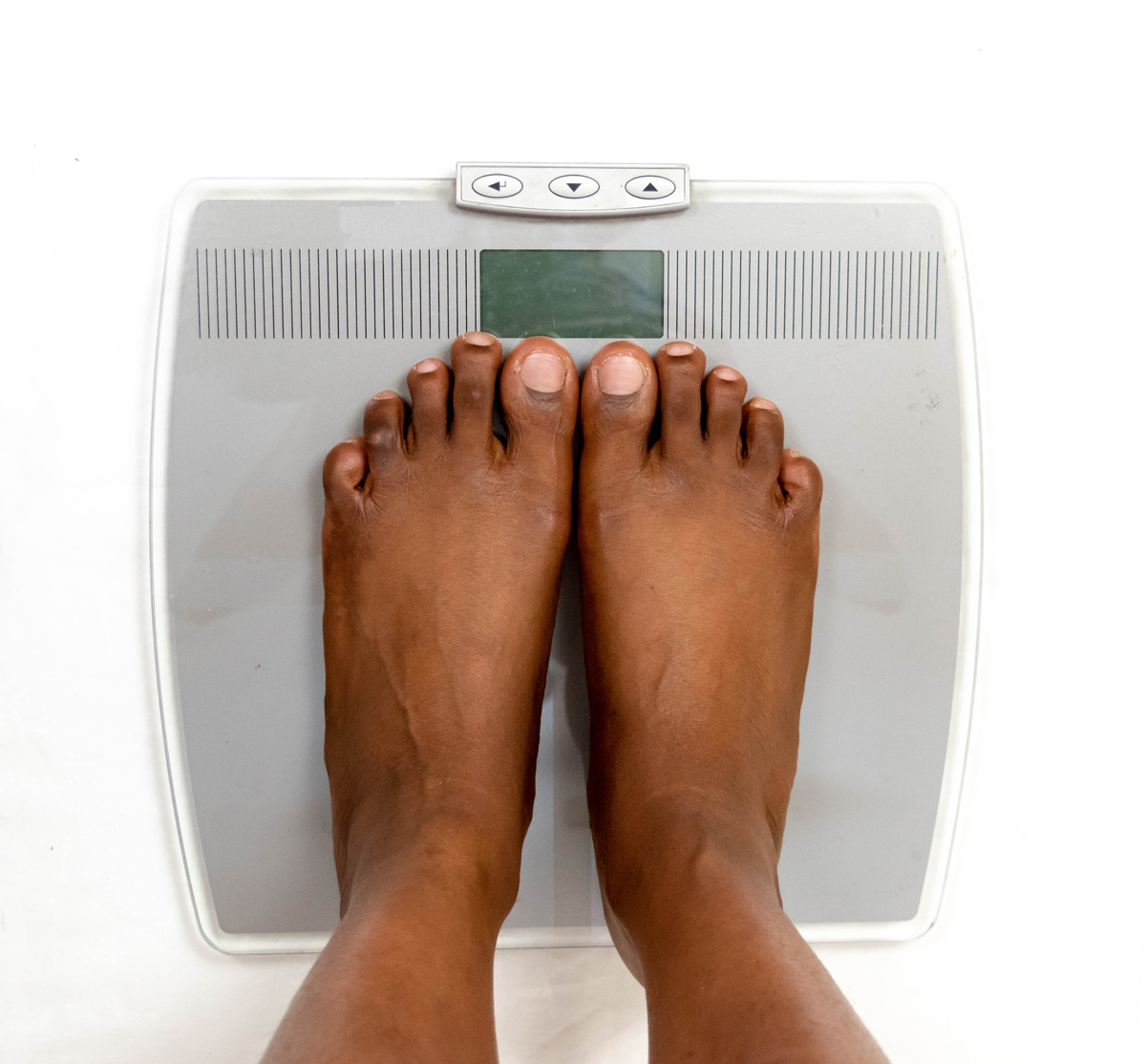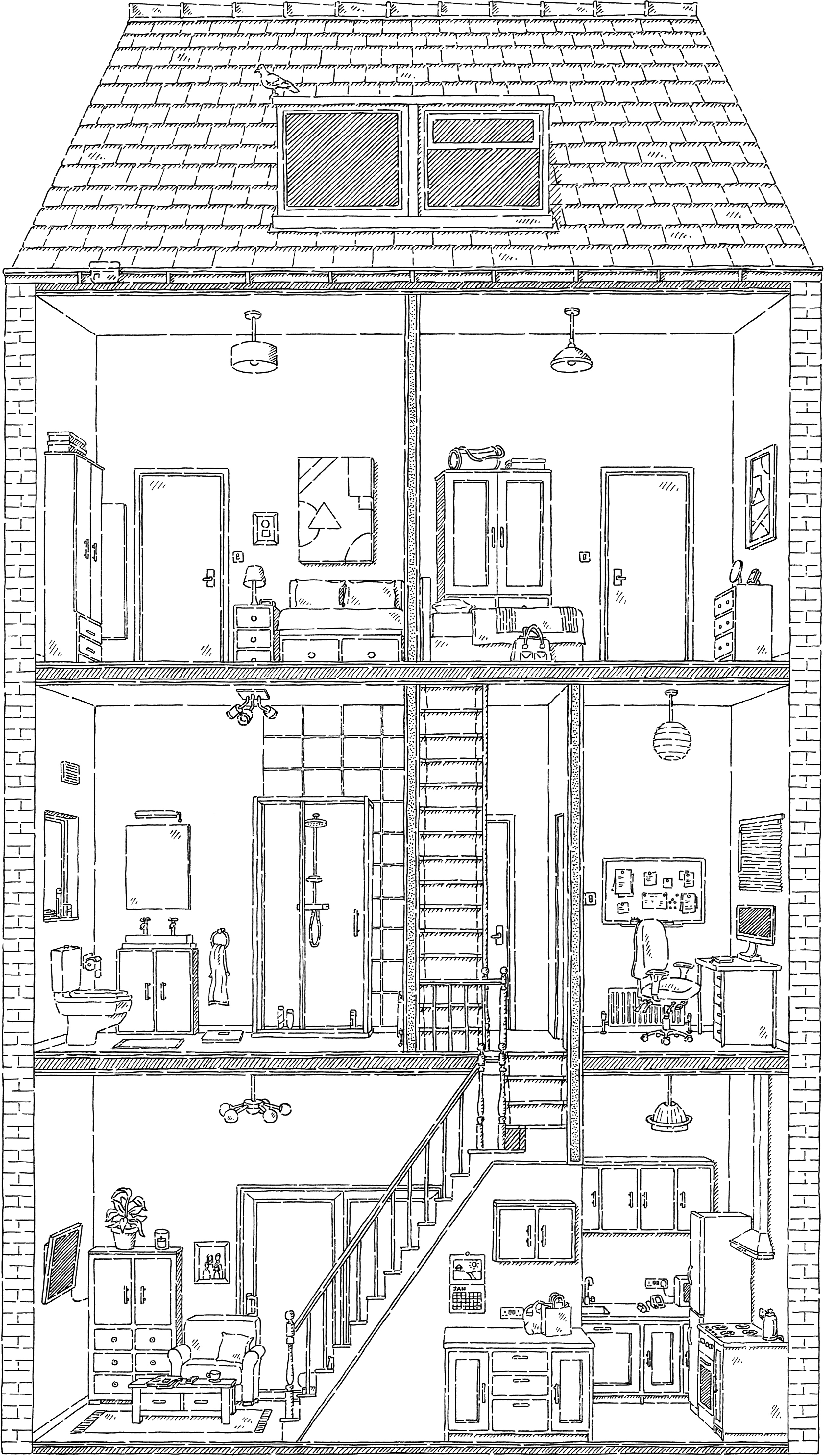The background -
Technologies for people to track or monitor their own health have become increasingly popular. In the past, these were mainly used by clinicians, to routinely measure their patients' blood pressure (BP), heart rate, blood glucose or oxygen. They are now available to all.
There are hopes that this kind of tracking might improve people's management of their own health and save healthcare costs. Yet, beyond studies undertaken through clinics or where devices are allocated to patients as part of research, there are still many questions about how and why people buy their own monitors, and engage in self-tracking in their personal lives.
We are interested in the social and cultural reasons for, and consequences of, our increasing engagement in self-monitoring for health, self-care and fitness. This project involved qualitative interviews and participants taking photographs of their monitoring activities (such as taking BP or weight measurements) over a period of six months.


